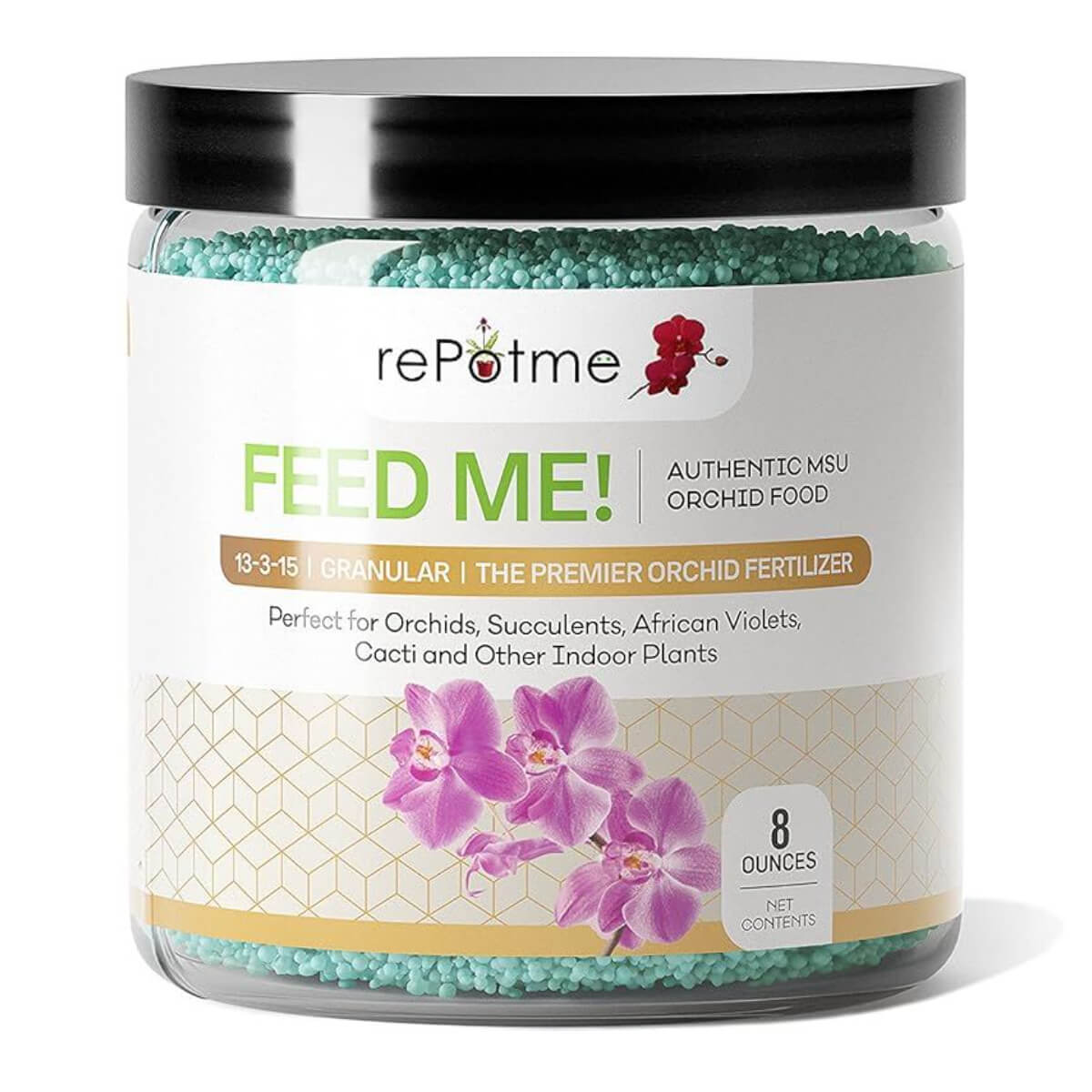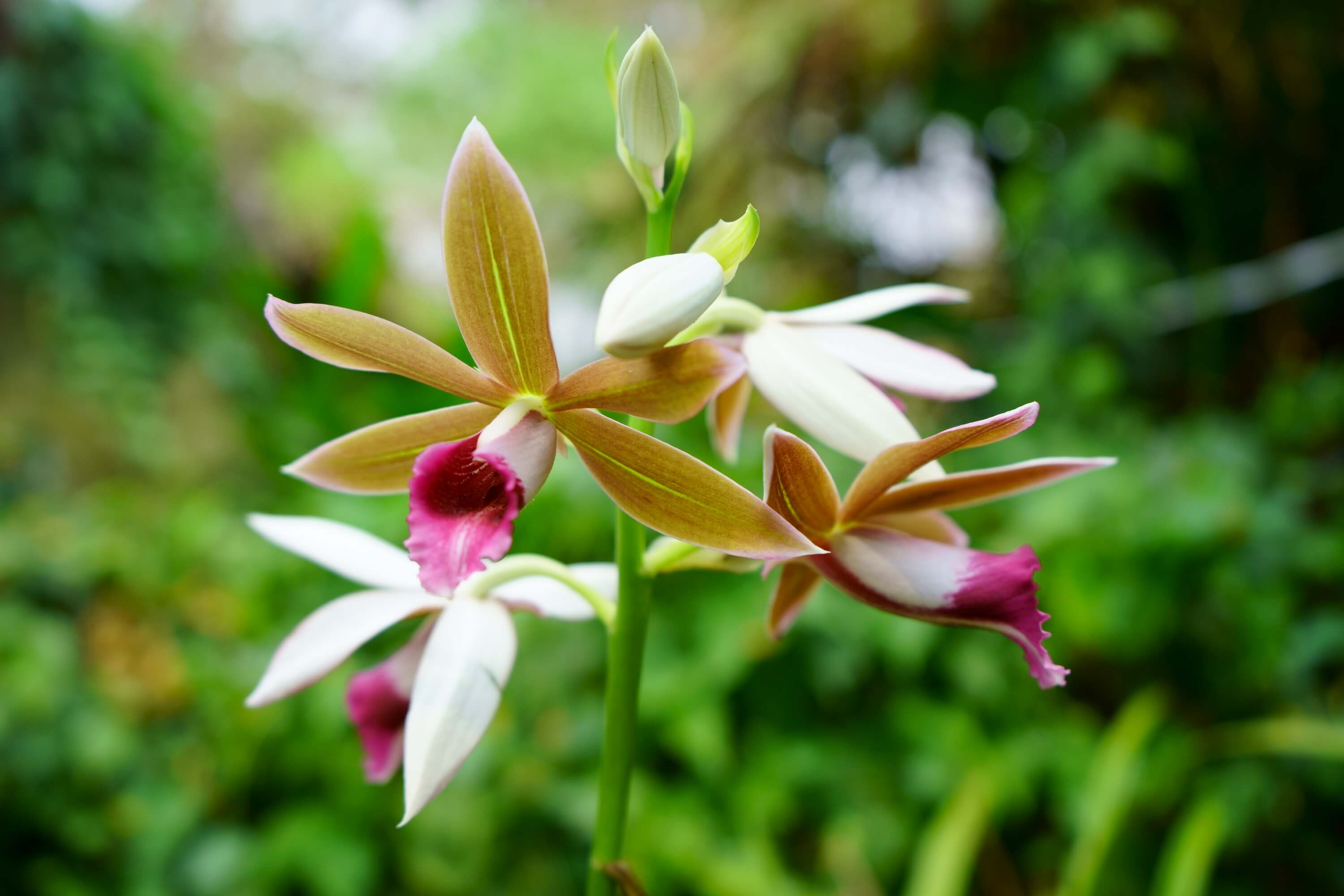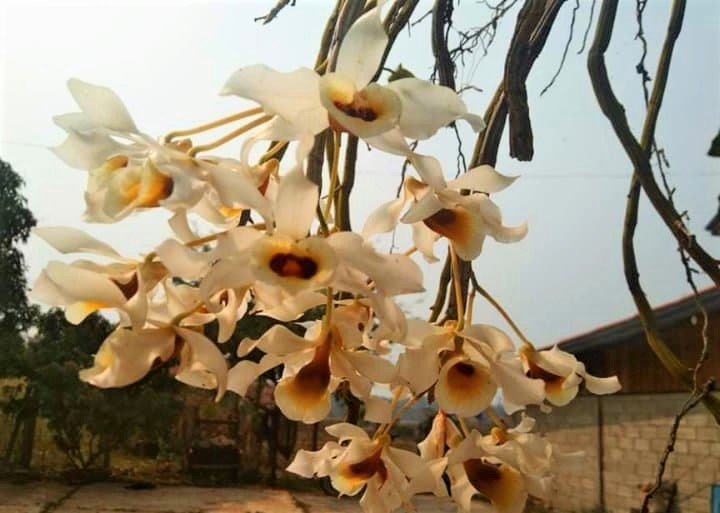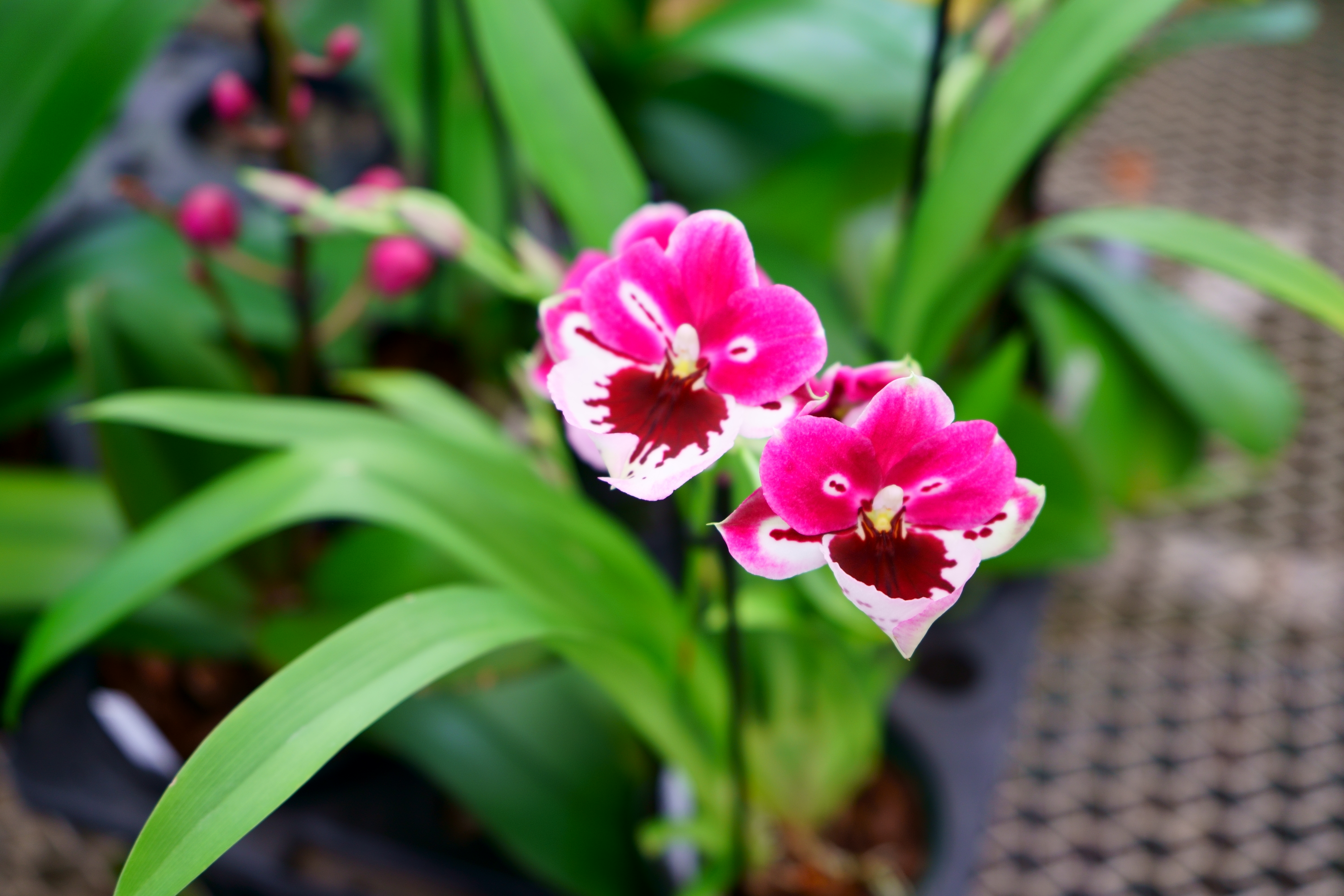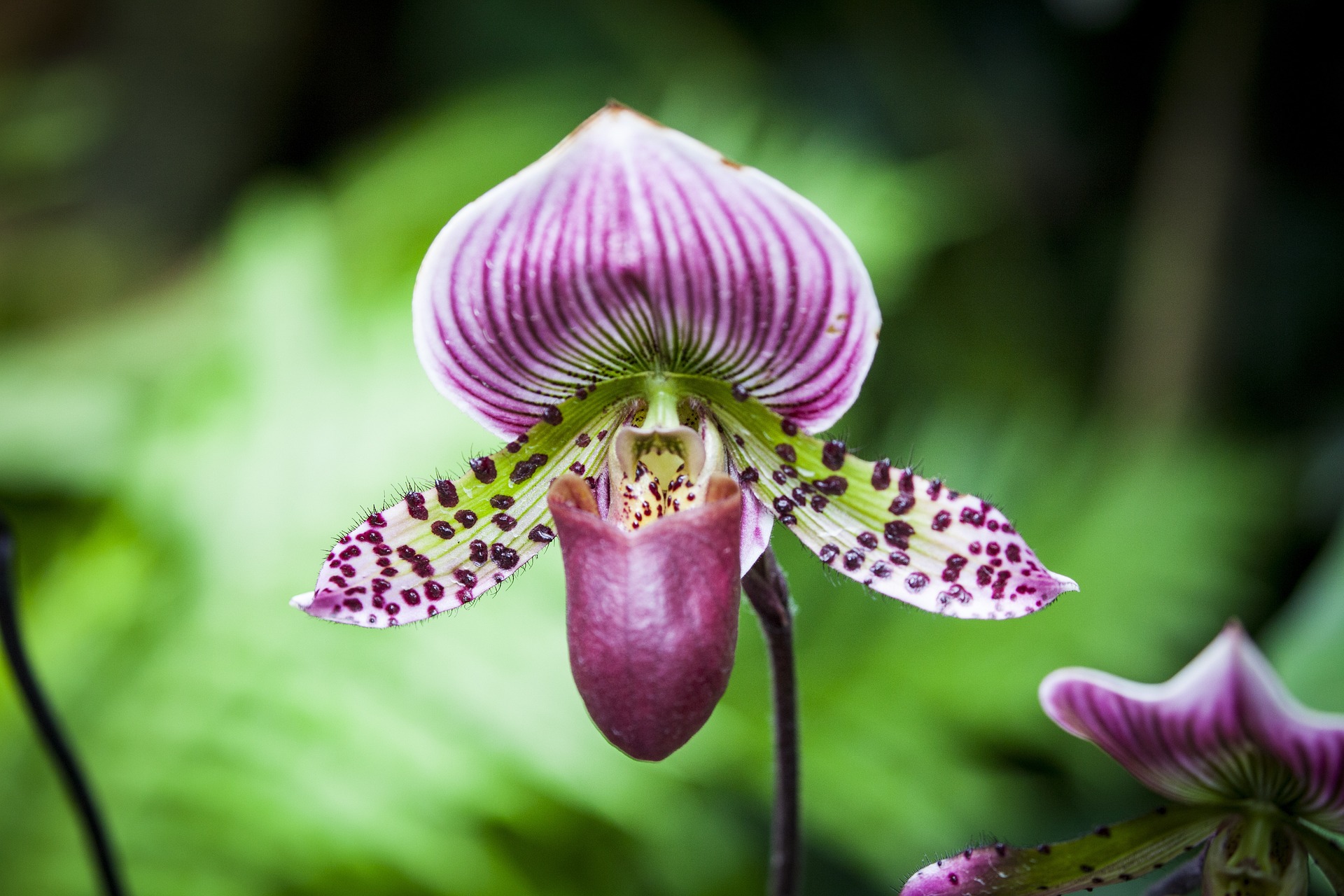Indoor Orchid Care For Beginners: The Ultimate Guide to Growing Healthy, Blooming Orchids
Orchids are among the most elegant and rewarding houseplants, but their care differs significantly from typical houseplants. If you're new to indoor orchid care for beginners, this comprehensive guide will walk you through everything—from lighting and watering to potting, fertilizing, and troubleshooting—so you can confidently grow thriving orchids in your home.
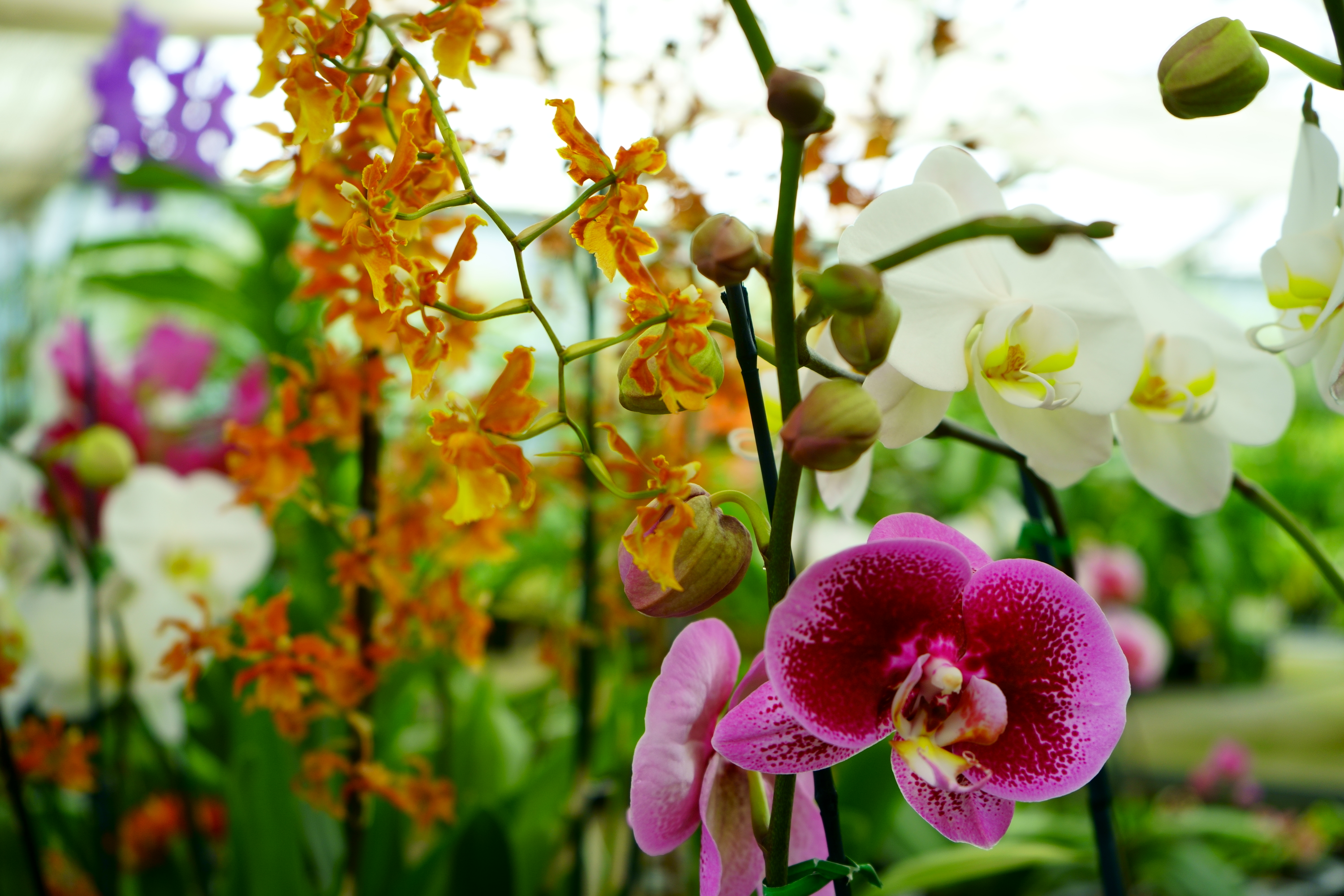
Heavenly Orchids participates in affiliate marketing programs, which means we may earn commissions on qualifying purchases made through our links. We only recommend products we genuinely believe in. Thank you if you use our links, we really appreciate it.
Grow Thriving Orchids! Sign Up for Exclusive Care Tips & Tricks!
Why Choose Orchids for Indoor Growing?
Orchids bring exotic beauty into any space with their stunning, long-lasting flowers and graceful foliage. While they have a reputation for being difficult, understanding their natural habitat and needs makes indoor orchid care for beginners much simpler. In fact, orchids are surprisingly easy to care for! Explore our menu bar above for in-depth guides on orchid care, and you’ll be growing like a pro in no time.
Indoor Orchid Care for Beginners: Lighting Essentials for Healthy Growth
Proper lighting is a very important factor in orchid care. In their natural habitat, most orchids grow under tree canopies, receiving bright, filtered light.
Most orchids thrive in bright, indirect light and can adapt to any window as long as they’re protected from harsh direct sun which can scorch leaves. Watch your orchid’s foliage for clues:
- Low-Light Orchids (Phalaenopsis, Paphiopedilum) Do well in moderate to low light; leaves should be medium green (dark green = too little light).
- Medium-Light Orchids (Dendrobium, Oncidium) Prefer bright, filtered light, for example near but not directly in a sunny window.
- High-Light Orchids (Some Cattleyas, Vanda) Tolerate direct early morning sun but may need afternoon shade.
Pro Tip: If leaves feel warm or develop yellow/brown patches, move the orchid farther from the window. Sheer curtains or blinds can soften intense sunlight.
Need more light? LED grow lights are a great solution for dim spaces. The Aspect Luxury LED is the best rated light for orchids. For expert lighting tips, check out our review of the best grow light for orchids—and why choosing the right one matter
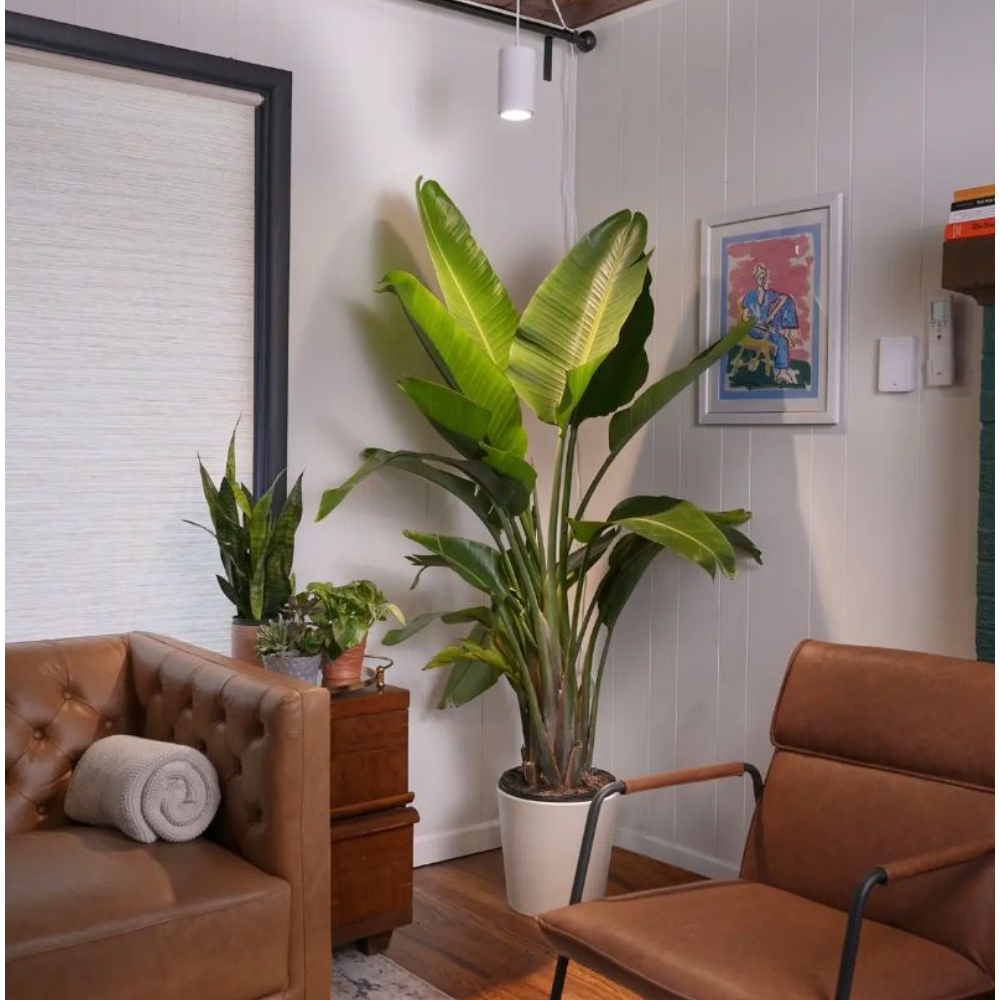
- Aspect Luxury Led
- Full Spectrum Lighting
- Sleek and Stylish Design
- Wide Coverage Area
- Consumes minimal energy
- Incredible 15 year long lifespan
- Performance, style, and reliability
Choosing the Right Pot & Potting Mix
Best Pots for Orchids
Orchids can be categorized into three main types based on their growing habits: epiphytic (growing on trees), lithophytic (growing on rocks), and terrestrial (growing in humus rich soil). While epiphytic orchids—like Phalaenopsis and Vanda—require excellent drainage and airflow around their roots, clear pots are especially beneficial for these varieties. The translucent material allows light to reach the roots (aiding photosynthesis) and makes it easier to monitor hydration levels—green roots indicate sufficient water, while silvery roots signal the need for watering. For optimal growth, consider these potting options:
- Clear plastic pots ideal for Phalaenopsis and Vanda; lets light in for root inspection and photosynthesis.
- Slotted or mesh pots (prevents soggy roots by enhancing airflow; great for epiphytes and lithophytes)
- Ceramic orchid pots provide drainage and stability suitable for terrestrials or decorative setups. Insert your clear plastic pots inside of decorative ceramic pots to showcase their beauty.
Terrestrial orchids (e.g., Cymbidiums) tolerate more moisture, while lithophytes thrive in porous mixes. Always match the pot to the orchid’s natural habitat. See our guide for help in choosing the best pots for orchids.
Best Potting Mixes
- Orchid bark (fir or pine) – Ideal for most epiphytic orchids.
- Sphagnum moss – Great for moisture-loving orchids like Masdevallia.
- LECA (clay pellets) – Perfect for semi-hydroponic. growing
*Avoid* regular potting soil at all costs—it suffocates orchid roots!
See our review on premium orchid potting mixes including species specific best choices here.
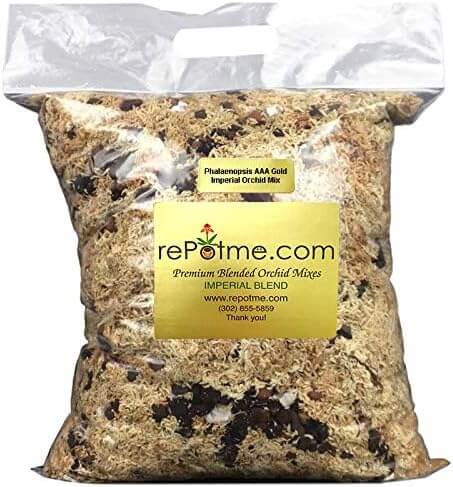
- rePotme Orchid Potting Mix
- Phalaenopsis AAA Gold Imperial Orchid Mix (Mini Bag) -
- Premier Orchid Potting Mix with Orchid Moss and Orchid Bark -
- Hand Blended in The USA
Watering 101: Indoor Orchid Care for Beginners
Proper watering is the cornerstone of successful indoor orchid care for beginners. Overwatering is the #1 mistake, so always let the potting mix dry slightly between waterings.
When to Water
- Stick your finger 1 inch into the mix—if dry, it's time to water.
- For moss: Water when the top feels slightly dry and it makes crunchy sound.
- For bark: Water when the pot feels light.
- Phalaenopsis and Vanda need water when roots are silvery gray and sufficiently hydrated when green.
Take the guesswork out of knowing when to water with a moisture meter.
Basic Watering Instructions
- Take the orchid to the sink.
- Run room temperature water through the pot for 30 seconds.
- Let it drain completely before returning to its decorative pot.
Check out our ultimate guide on how to water orchids for more species-specific instructions.
With your orchid refreshed, elevate the ambiance. Imagine gentle water cascading down this Rustic Fountain, ideal for stress-free moments beside your plants
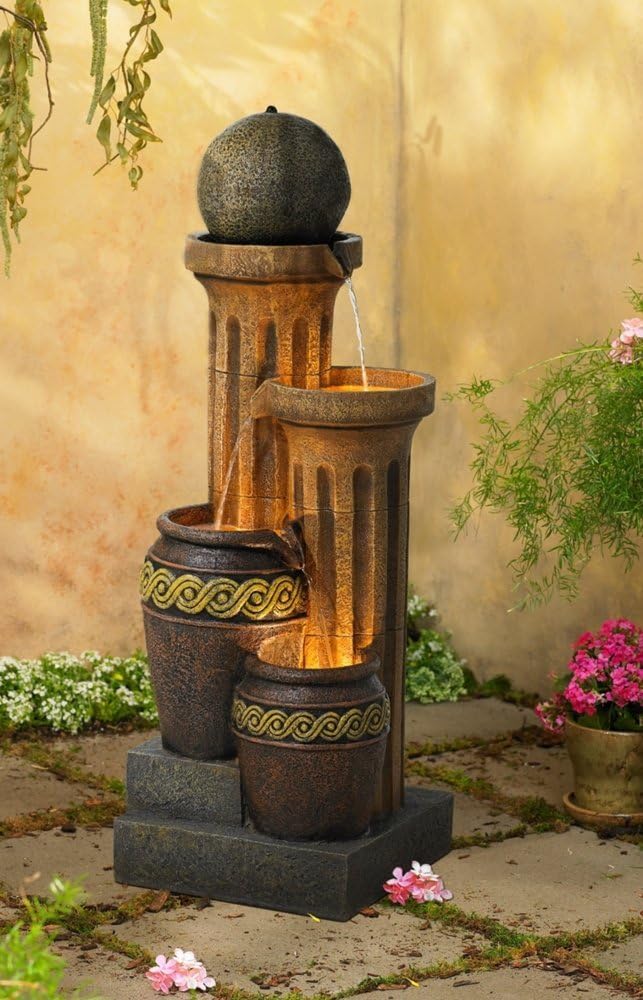
- 50" rustic fountain with LED lights and cascading water.
- Lightweight resin and stone construction, easy to move.
- Includes water pump, 3 LED bulbs, and 6-foot cord.
- Perfect for gardens, patios, balconies, or indoor spaces.
- Creates soothing ambiance with 4-tiered water flow design.
Best Water Types for Orchids
- Rainwater -most natural option.
- Reverse osmosis (RO) water - removes harmful minerals.
- Distilled water is a good alternative if RO isn't available.
Avoid tap water if it's hard or heavily chlorinated.
We recommend this high-quality reverse osmosis water filter.
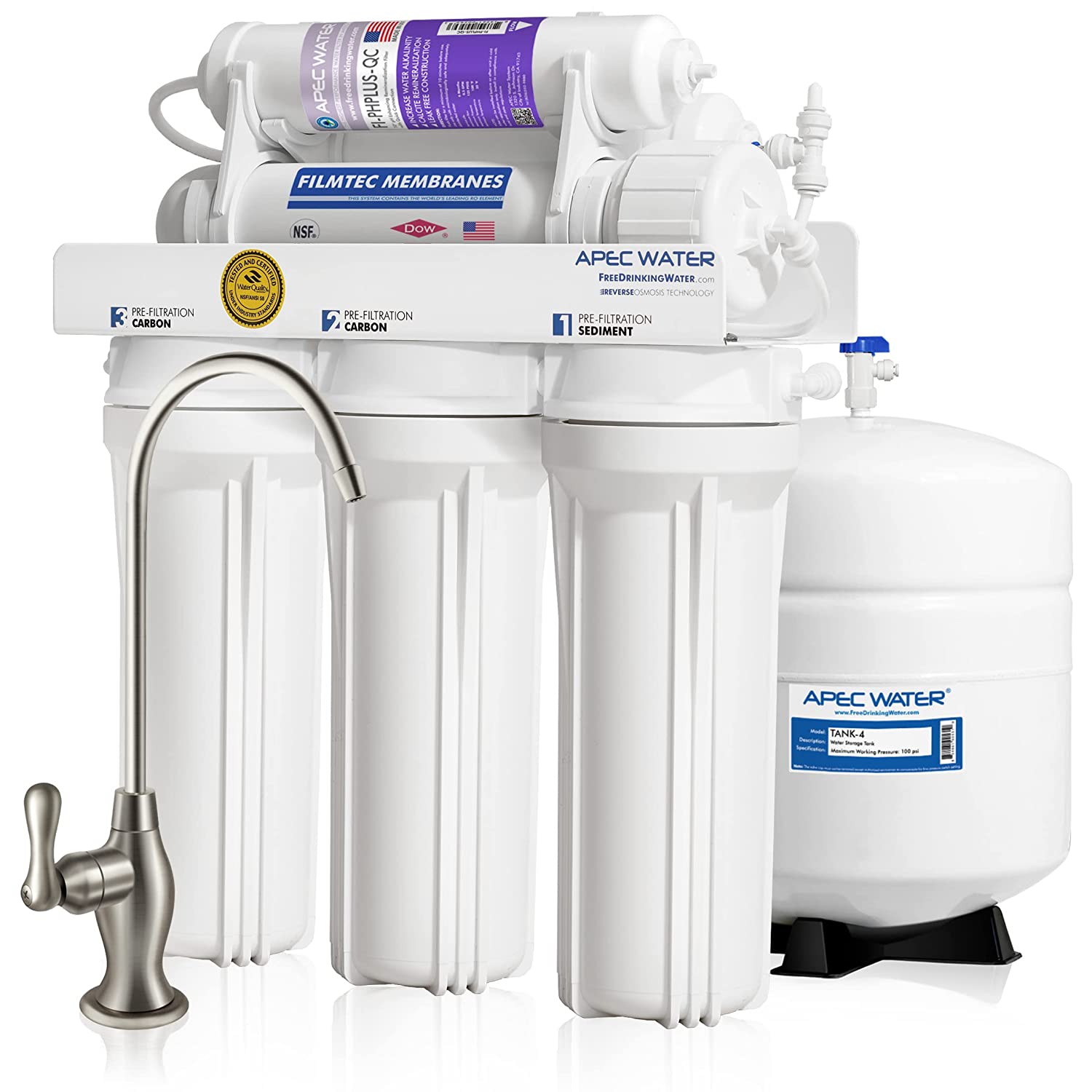
APEC Water Systems Top Tier Supreme Certified Alkaline Mineral pH+ High Flow 90 GPD 6-Stage Ultra Safe Reverse Osmosis Drinking Water Filter System (Ultimate RO-PH90)
4. Humidity & Temperature: Creating a Tropical Microclimate
Easy Ways to Increase Humidity
Most orchids thrive in 40-70% humidity, which can be challenging in dry homes.
- Pebble tray - fill a tray with water and pebbles, place pot on top.
- Room humidifier - best for maintaining consistent levels.
- Group plants together, this creates a microclimate.
Ideal Temperature Ranges
- Most orchids thrive in temperatures of 70-85°F Day / 60-70°F night.
- Cool-growing orchids (Cymbidium, Masdevallia): 60-75°F day / 55-60°F night
Blooming Secret: A 10-15°F nighttime temperature drop triggers flowering in many orchids.

Orchid Care Tip: Did you know kelp seaweed can work wonders for your orchids? It’s rich in cytokinins, natural plant hormones that play a key role in orchid health. These powerful compounds stimulate cell division, enhance growth, and encourage orchids to focus on flower production. By incorporating a kelp-based fertilizer into your routine, you can give your orchids the extra push they need to produce bigger, more vibrant blooms.
If you have an orchid that’s been struggling to bloom, try adding kelp fertilizer to your watering routine in the months before its flowering cycle. It’s like giving your plants a backstage pass to their own floral show!
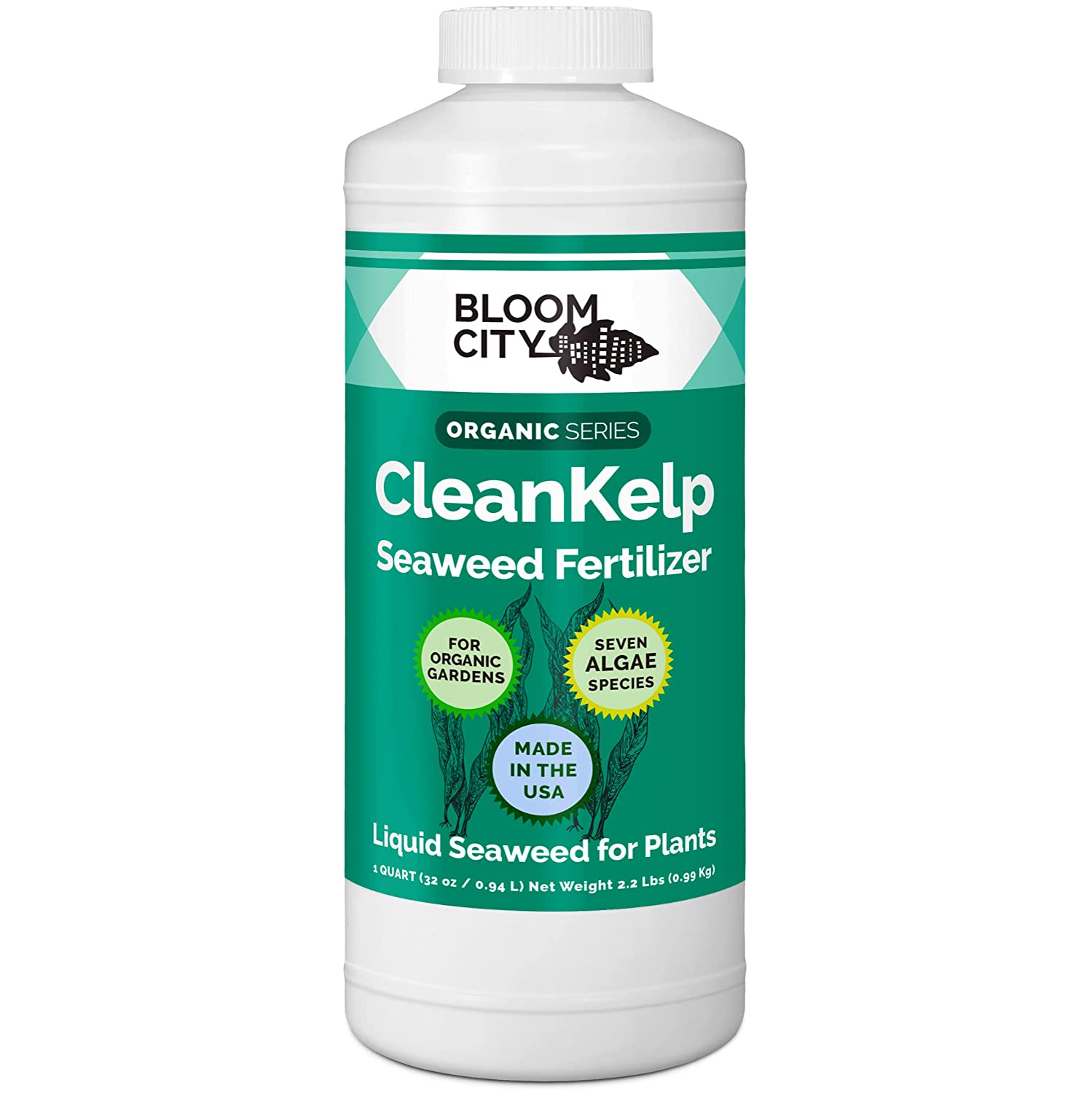
- Boosts Blooming with Natural Cytokinins
- Enhances Root Health and Growth
- Packed with Essential Nutrients
- Eco-Friendly and Sustainable
5. Fertilizing: Feeding for Vigorous Growth & Blooms
Orchids need nutrients but are sensitive to over-fertilization.
Fertilizing Basics
- Use a balanced, urea-free orchid fertilizer (20-20-20 or similar) Many orchid growers prefer this MSU Fertilizer.
- Water Weakly, weekly approach: Use ¼ the recommended amount with every watering. See our guide on fertilizing orchids for best practices.
- Flush with plain water monthly to prevent salt buildup.
- Tailored for Orchids Specifically formulated by Michigan State University
- Pure Water Compatibility
- Balanced Nutrient Profile
- Urea-Free Formula
- Versatile and Easy to Use
🌱 Growth Cycle Fertilizing
- Spring/Summer: Higher nitrogen for leaf growth.
- Fall/Winter: Higher phosphorus to encourage blooms.
6. Common Problems & Solutions
Even with perfect care, issues can arise. Here's how to troubleshoot:
Yellow Leaves
- Old growth (natural shedding)
- Overwatering (check roots for rot)
- Too much light (move to shadier spot)
Explore this article on orchid leaves turning yellow for more insight and troubleshooting.
No Blooms
- Insufficient light - move to brighter location or install a Led light for supplementation.
- No temperature drop - ensure cooler nights, some species need a 10-15°F temperature difference between day and night in order for blooming to initiate.
- Needs fertilizer start a feeding schedule and add a small amount of kelp fertilizer.
For an in-depth analysis read our full guide on how to make orchids rebloom.
Root Rot
- Symptoms: Mushy, brown roots.
- Solution: Trim dead roots, repot in fresh mix, reduce watering.
See our guide to healthy orchid roots for more information.

- For Organic Gardening
- Kills All Stages of Insects
- Use on Any Plant
- Use as Spray or Drench
- Concentrated Formula
Plants love Neem oil, watch them become invigorated after Neem treatment.
7. Advanced Tips for Thriving Orchids
Once you've mastered the basics, try these pro techniques:
- Mist aerial roots for extra humidity. For a super healthy boost mist with compost tea.
- Using a fan prevents fungal issues by improving air circulation.
- Seasonal adjustments: reduce water in winter, increase in summer.
Start Your Orchid Journey with Confidence
With this indoor orchid care for beginners guide, you're equipped to grow healthy, blooming orchids with confidence. Remember:
- Match light conditions to your orchid type.
- Use proper pots & airy potting mixes.
- Water only when needed with quality water.
- Maintain humidity & ideal temperatures.
- Fertilize regularly, read our guide on how to fertilize orchids for advanced tips.
For more detailed care, check out our Beginner Orchid Care Guide.
We hope you found this information useful and if you like Heavenly Orchids, please join our mailing list for monthly updates.
